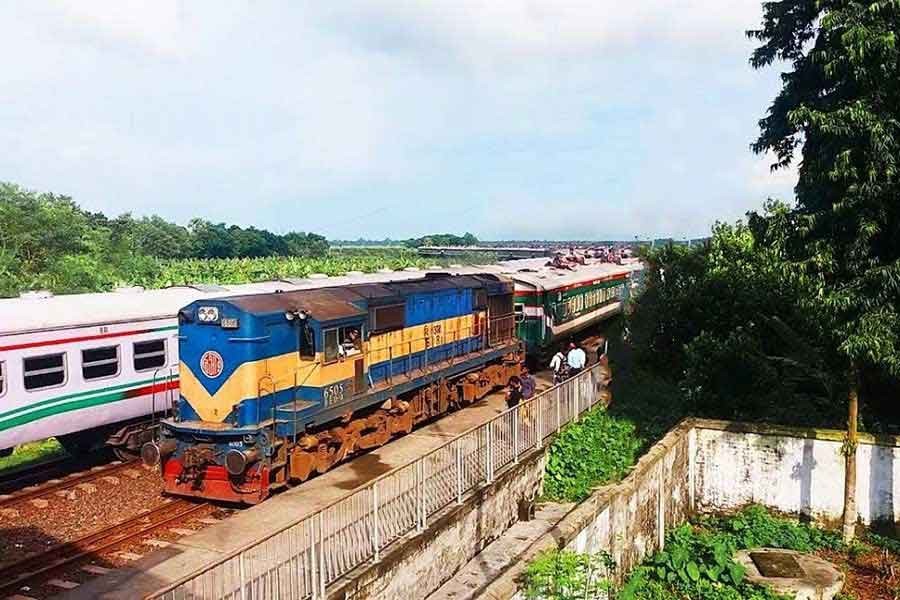The proposed feasibility study for a Dhaka-Naryanganj-Lakhsham cord-line for Bangladesh Railway to lessen the distance of travel between the capital and the largest port city of the country by a hundred kilometres is a step in the right direction. It promises a host of benefits. When approved, and after being actually built, the immediate infrastructural advantages would be immense; and although Bangladesh is now in the midst of a mega-construction phase of development, the issue of journey between the two largest economic and populated points of the country has always been on the radar of development planners, without however being actually taken up. This latest news of the feasibility analysis is therefore a satisfying progress on that path.
The high-level meeting at the Economic Relations Division participated by the related secretaries as also by the new Country Director of the Asian Development Bank (ADB), as reported in The Financial Express last Saturday, underlines the seriousness with which the government has taken up the matter. The Railway Secretary also hinted that trains on the new line would run on electricity. This is no doubt due to the increase in electricity production that the country has seen in recent times. Overall, it sounds auspicious.
It is not that Dhaka-Chittagong communication has been overlooked ever during the first half-century of this independent country. Indeed, the ADB and a few other development partners have been involved in double-tracking and dual-gauging the existing railway line in recent times. Besides, the road to port city has a four-lane now in place of the previous two; and a short-cut express road proposal has been on the table for quite some time. While the port city is to the south-east of the capital, the initial journey by rail is now with a northward start, and then a north-east bend. It is only after Akhaura that things take a rational southward turn. While the existing track is no doubt important both economically and service-wise, passing through populated and productive areas, one would only hope that someday, and somehow, journey between the two most important cities of the country would follow a logical direction. The latest proposal to cut the existing 321 kilometres of distance by a third is an encouraging step apart from the four lane highway and the Karnaphuli tunnel.
Nonetheless, one must keep in mind a host of issues during the feasibility phase of the proposed project. As understood at the outset, it would be a ground-level enterprise, neither underground, nor a fly-over type construction. This would mean, it would pass through some of the most densely populated and agriculturally rich tracts of the country. Many homesteads and farming swaths would be involved. The feasibility study should elicit the opinion of the people living along the possible areas to be affected. Its opportunity cost must be considered by analysing all aspects. Development work must be based on enthusiastic participation of the people concerned. Bangladesh's economic growth in recent times has been stupendous, much of it due to mega projects undertaken for the upliftment of communication and energy production. To keep the process on motion, let the planners ensure optimal and effective utilisations of the allocated resources.


